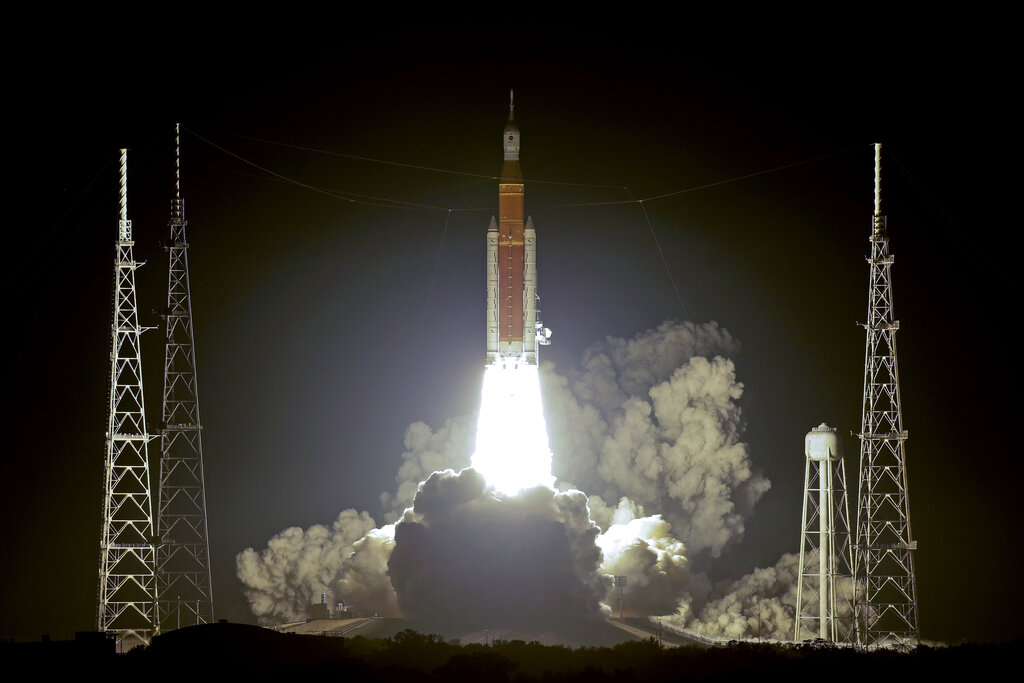The Orion capsule of the Artemis mission will use infrared detectors made by Polish company VIGO Photonics and a set of ionizing radiation detectors designed by the Institute of Nuclear Physics in Kraków.
Artemis is the name of a U.S. space program carried out by NASA, private companies, and international partners, such as the European Space Agency (ESA). NASA’s Space Launch System rocket, which will take the Orion capsule with mannequins on a journey around the moon, launched on Wednesday from the Kennedy Space Center in Florida.
The current mission is one of the first that will eventually lead to the return of astronauts to the moon, followed by a construction of a permanent base.
One of the fundamental elements of the program is the Orion capsule, designed to transport the crew. It is equipped with infrared detectors from VIGO Photonics that are a part of the Laser Air Monitor System.
VIGO Photonics is a global producer of photonic mid-infrared detectors, detector modules, and semi-conductor materials. Detectors produced by the company were used in the Tunable Laser Spectrometer installed on the hull of the Curiosity rover sent to Mars; they were also used in the ESA ExoMars program with the Schiaparelli lander.
The ionizing radiation detectors from the Institute of Nuclear Physics in Kraków will be used for research during the Artemis I mission. The results of the measurements will allow researchers to determine the doses and character of radiation that astronauts will be subject to during future flights to the moon.
During the test mission, two realistic models of a human body, called Helga and Zohar and equipped with a significant number of various ionizing radiation detectors, will be situated in places normally intended for humans. A third mannequin, named Campos, will take the spot of commander.
The next scheduled mission, Artemis II, will be manned. Four astronauts will fly over the moon, some 8,900 kilometers from the surface. If everything goes according to plan, this mission should occur in 2024. The Artemis III mission, planned for 2025, will involve a manned landing on the southern polar region of the moon.





